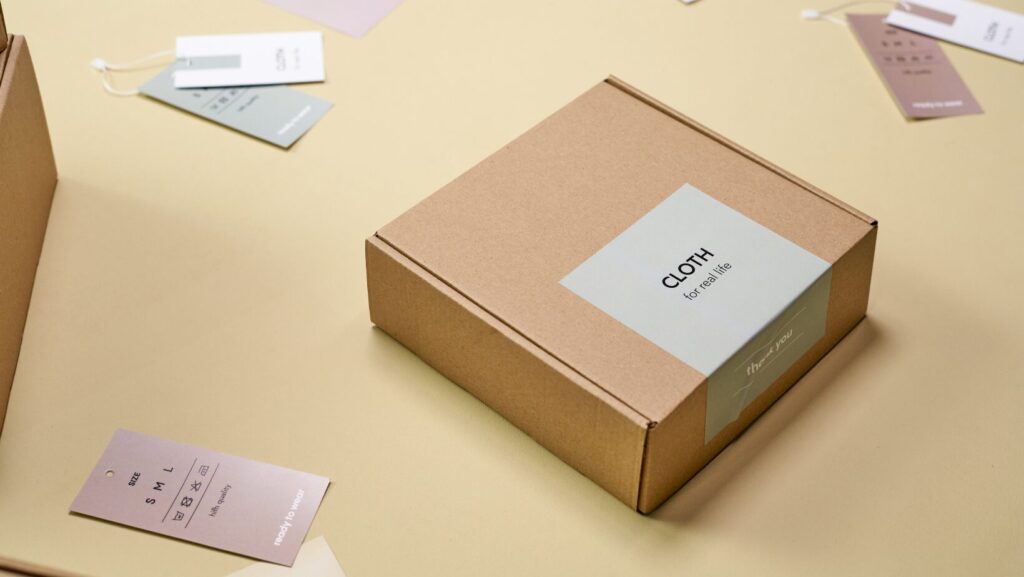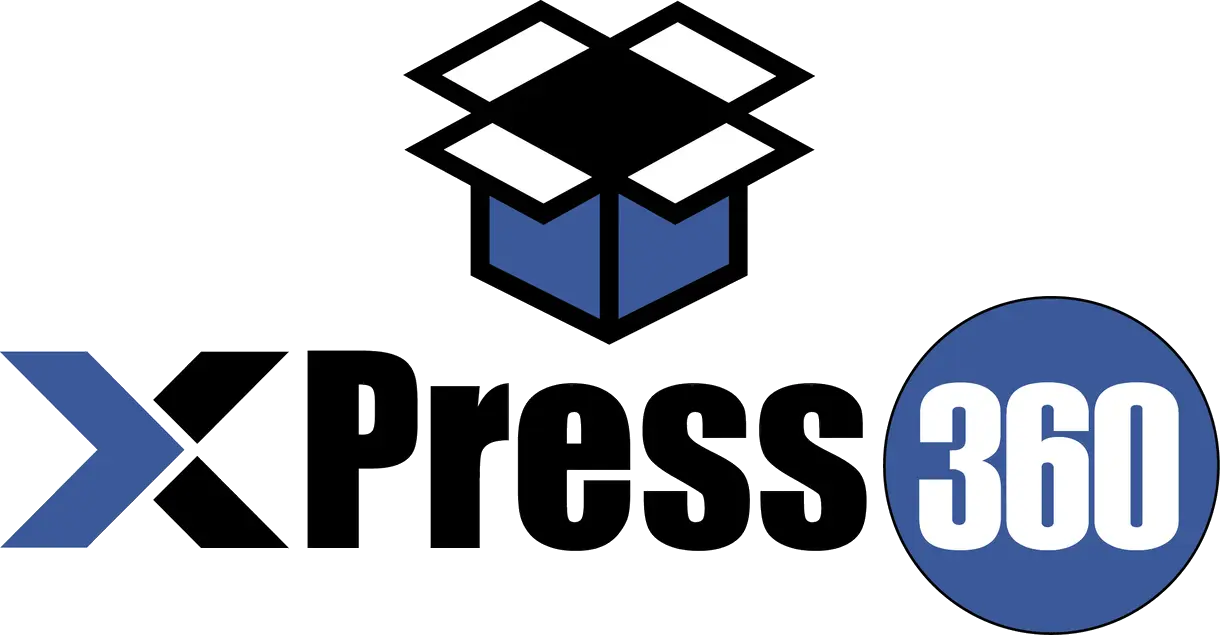The influential role of packaging plays beyond mere product protection. It emphasizes how packaging serves as a dynamic marketing tool, capturing consumer attention and impacting their buying decisions.
Packaging is not just about protecting a product; it’s a silent salesman on the shelf, playing a pivotal role in product packaging. It’s the first thing consumers notice and can heavily influence their purchasing decisions. Effective packaging catches the eye, communicates brand identity, and conveys product benefits in a split second. When faced with countless options, consumers rely on packaging to guide their choices. The design, color, and messaging of packaging can evoke emotions and create a connection with the consumer.
The Psychology Behind Packaging
The psychology of packaging reveals how design elements like color, shape, and messaging intricately influence consumer perceptions and behaviors, guiding their purchasing decisions.
Colors and Emotions
Colors evoke specific emotions and associations in consumers’ minds, influencing their perception of products and brands. Understanding the psychological impact of colors enables businesses to strategically design packaging that resonates with their target audience and elicits desired emotional responses.
Shapes and Perceptions
Shapes play a crucial role in shaping consumers’ perceptions of a product. Rounded shapes often convey softness, friendliness, and approachability, while angular shapes can suggest strength, sophistication, or modernity. The shape of a package can subconsciously communicate aspects of the product’s personality and functionality, influencing how consumers perceive its value and relevance to their needs.
Text and Brand Messaging
The text and messaging on the packaging serve as a direct line of communication between the brand and the consumer. From catchy slogans to concise product descriptions, every word on the package is carefully chosen to convey the brand’s identity and highlight key selling points.

Packaging and Brand Identity
The packaging serves as the face of a brand, playing a crucial role in establishing recognition among consumers. Consistent use of logos, colors, and design elements across packaging helps create a strong visual identity that consumers can easily associate with the brand.
Establishing Brand Recognition
Establishing brand recognition through packaging involves creating a visual identity that consumers can easily associate with the brand, fostering trust and loyalty over time. Consistent and memorable packaging elements reinforce brand recall, enhancing overall brand perception and market presence.
Consistency Across Product Lines
Maintaining consistency across product lines reinforces the brand identity and strengthens the connection consumers have with the brand. When packaging designs share common elements such as colors, fonts, and imagery, consumers can easily recognize products from the same brand on the shelf.
Shelf Impact Assessment
Shelf Impact Assessment involves evaluating how effectively a product’s packaging grabs consumer attention and influences purchasing decisions within the retail environment, providing invaluable insights for brands to optimize their packaging strategies and enhance market competitiveness.
Standout Designs
Creating standout designs is essential for packaging to capture consumer attention amidst a crowded retail environment. Bold colors, unique shapes, and innovative design elements can help products stand out on the shelf, increasing the likelihood of consumer engagement and purchase. Incorporating attractive packaging that appeals to the senses and aligns with consumer preferences can further enhance brand visibility and desirability, driving conversion rates and fostering brand loyalty over time.
Competitor Analysis
Conducting a thorough competitor analysis allows brands to understand the packaging strategies of their competitors and identify opportunities for differentiation. By analyzing competitor packaging designs, messaging, and positioning, brands can develop packaging that sets them apart in the market and appeals to their target audience.
Consumer Eye-Tracking Studies
Consumer eye-tracking studies provide valuable insights into how consumers interact with packaging on the shelf. By tracking eye movements and attention patterns, brands can identify which elements of their packaging are most compelling to consumers and optimize designs to enhance shelf visibility and attract attention effectively.
Packaging Materials and Sustainability
Packaging Materials and Sustainability explores the intersection between consumer demand for eco-conscious solutions and the industry’s efforts to reduce environmental impact, including the rise of custom packaging and proper packaging.

Eco-Friendly Trends
The shift towards eco-friendly packaging materials reflects a growing awareness of environmental concerns among consumers and businesses alike. Sustainable packaging trends emphasize the use of renewable resources, biodegradable materials, and recyclable high quality packaging options to minimize environmental impact and promote a more circular economy.
Consumer Preferences for Sustainable Packaging
Consumer preferences are increasingly leaning towards brands that prioritize sustainability in their packaging choices. As awareness about environmental issues grows, consumers are actively seeking products packaged in materials that are environmentally friendly and easily recyclable. Brands that align with these preferences not only demonstrate corporate responsibility but also stand to gain a competitive edge in the market by appealing to environmentally conscious consumers.
Influence of Packaging on Perceived Value
Influence of Packaging on Perceived Value into how packaging design and presentation impact consumers’ perceptions of a product’s worth, thus highlighting the impact of packaging on sales. It explores how packaging aesthetics, materials, and overall presentation contribute to shaping consumers’ perceptions of quality, desirability, and willingness to pay, ultimately influencing purchasing decisions and brand loyalty. Product packaging affects sales in profound ways, as it serves as the initial touchpoint that communicates brand identity, captures attention, and influences purchasing decisions.
Premium Packaging Strategies
Premium packaging strategies elevate the perceived value of products, conveying a sense of luxury and exclusivity to consumers. Through the use of high-quality materials, intricate designs, and attention to detail, brands can command higher prices and cultivate a perception of superior quality among their target audience. Packaging impacts sales significantly, as premium packaging not only enhances the product’s perceived value.
Pricing Perception
Packaging plays a pivotal role in shaping consumers’ perceptions of pricing. Well-designed packaging can justify higher price points by enhancing the perceived value of the product. Conversely, inadequate packaging may undermine consumer confidence in the product’s quality, leading to price sensitivity and reluctance to purchase. By aligning packaging with pricing strategies, brands can effectively communicate value and justify price premiums, ultimately driving sales and strengthening brand positioning in the market.
Summary
The journey from shelf to cart underscores the profound impact packaging exerts on consumer behavior and brand success in the marketplace. As a dynamic marketing tool, packaging serves as the initial touchpoint that communicates brand identity, captures attention, and influences purchasing decisions. Through strategic use of colors, shapes, messaging, and sustainable materials, brands can create packaging that resonates with consumers’ emotions, values, and preferences, fostering trust, loyalty, and competitive advantage.
Moreover, by recognizing the pivotal role of packaging in shaping perceived value and pricing perceptions, brands can effectively position themselves in the market, driving sales and enhancing brand equity. Embracing the psychology, sustainability, and strategic implications of packaging enables brands to navigate the complex retail landscape and cultivate meaningful connections with consumers, ultimately propelling them from the shelf to the cart with confidence and success.
Transform Your Packaging Operations – Explore XPress360 Now!







